In modern high-end oral hygiene devices, hydrogen peroxide concentration not only determines disinfection effectiveness but can also correlate with motor durability issues: excessive peroxide levels accelerate component wear, while declining motor performance undermines consistent sterilization cycles. In the following six sections, we explore how these factors interact and provide design and formulation guidance for B2B partners.
High concentrations of hydrogen peroxide pose significant oxidative stresses on device components:
Thus, selecting compatible materials is crucial when specifying peroxide concentration ranges.
Material breakdown and leaks increase pump and motor loads, leading to chronic motor durability issues:
Without proactive design, motors routinely operate under high temperature and torque, compromising durability.Company web: https://www.powsmart.com/product/electric-toothbrush/
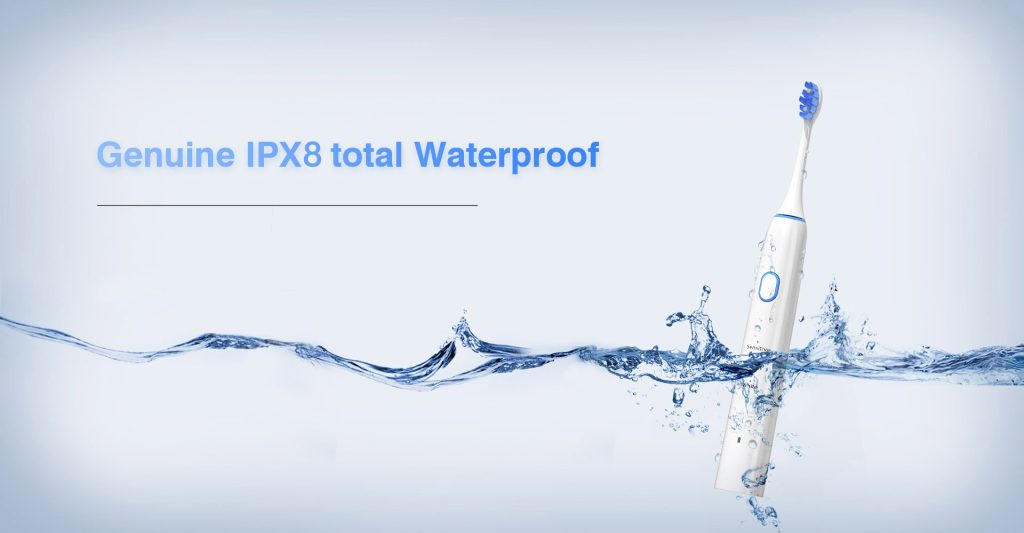
To reconcile disinfection power with motor longevity, consider these strategies:
These measures help delay motor durability issues while maintaining robust sterilization.
Upgrading component materials and surface treatments can greatly extend service life:
These optimizations significantly reduce chemical-induced degradation.
Integrating intelligent diagnostics ensures timely intervention before failures occur:
Such a system transforms maintenance from reactive to proactive.
Looking ahead, innovators can further optimize performance and reliability:
By pursuing these innovations, B2B partners will deliver safer, more durable disinfection solutions.
Conclusion
The relationship between hydrogen peroxide concentration and motor durability issues is clear: high peroxide levels challenge materials and increase motor load unless countered by smart design, protective coatings, dynamic cycling, and proactive monitoring. By adopting these best practices, manufacturers can achieve both superior disinfection and long-term reliability. To discuss tailored solutions for durable oral-care sterilization, please contact our technical team!

Key Process Traceability of Electric Toothbrushes: Quality Inspection Record Management of Motor Calibration and Waterproof Testing
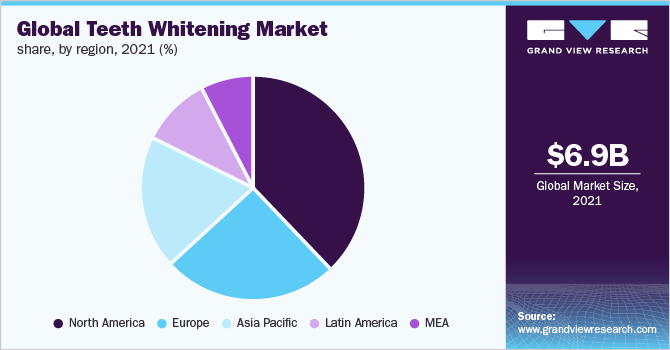
Analysis of Differences in Preferences for Teeth Whitening Devices in the European and American Markets vs. Asian Markets
Is Battery Swelling Causing Pressure Loss?
Explaining the Teeth Whitening Device and How to Use It?
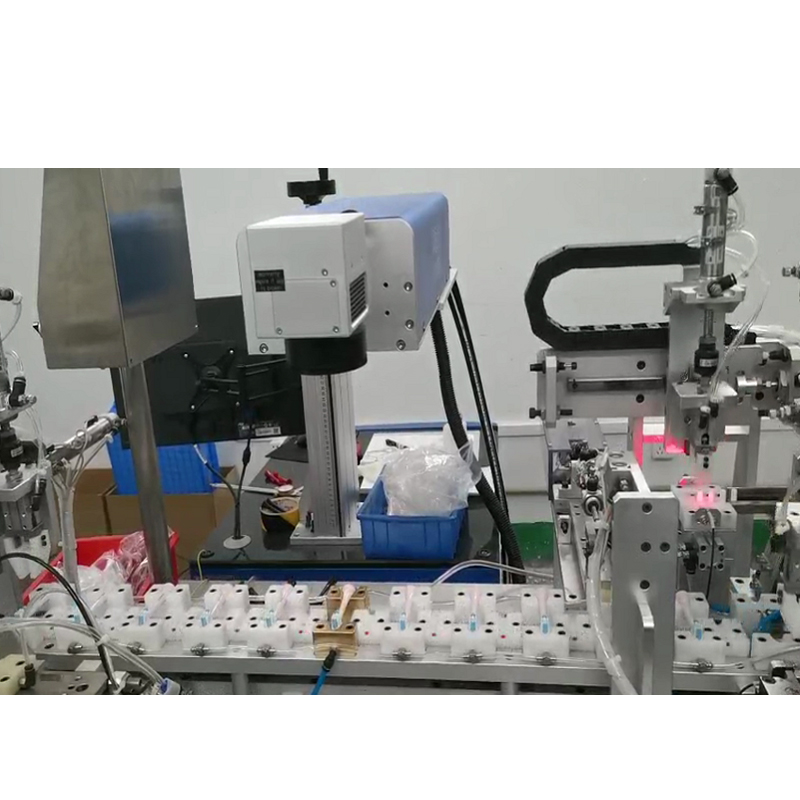
Electric Toothbrush Laser Engraving LOGO Process: How to Set the Depth, Speed and Power Parameters?
Can Electric Toothbrush Charging Failures Cause Gum Bleeding?
How to Prevent Water Discoloration and Microbial Growth?
.jpg)
Ergonomic Design in Electric Toothbrushes: OEM Best Practices
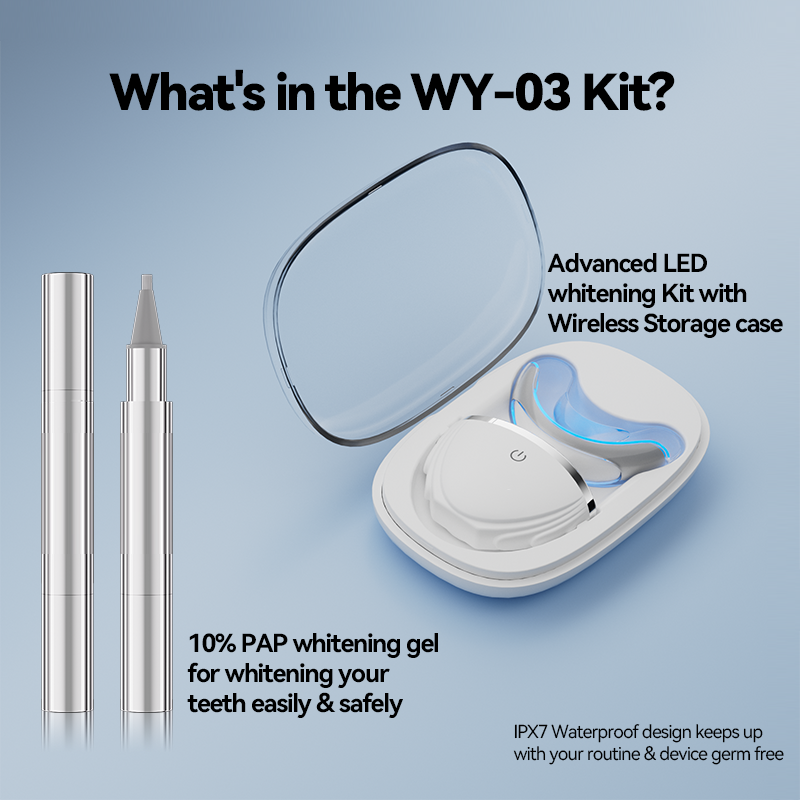
EU vs. US Whitening Gel Regulations for Global Brands
Can Teeth Whitening Kits Trigger Oral Ulcers?
Oral Microbiome Impact from Color Relapse?
.jpg)
How to Choose a High-Profit Electric Toothbrush? A Must-Read Guide for Distributors
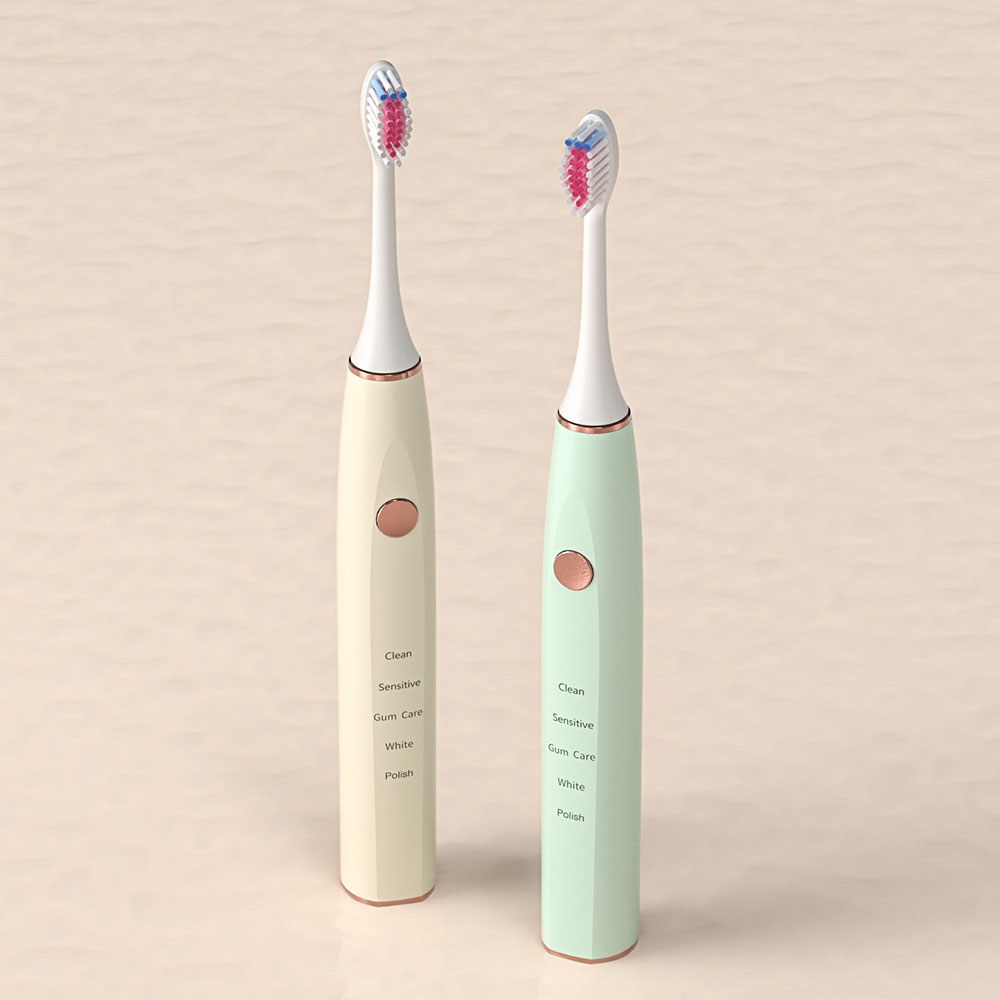
How much does it cost to manufacture a toothbrush?
Why Dentin Exposure Risk with UV Light Risks?
.jpg)
Why Boston clinic recommended brushes help Boston sensitive gums
PowSmart’s Commitment to Quality: What Sets Our Oral Care Products Apart

electric toothbrush heads Charcoal Infuse-Round

Private Label Whitening Gel

Electric toothbrush heads Charcoal Infused-Diamond

electric toothbrush heads Ultra Soft

electric toothbrush heads Deep Clean

electric toothbrush heads Regular Clean
.jpg)
Florida Electric Toothbrush – Powsmart PTR-C8

Customization Teeth Whitening Gel
whstapp
whstapp
National Toll-Free Service Hotline
+86 755 86238638